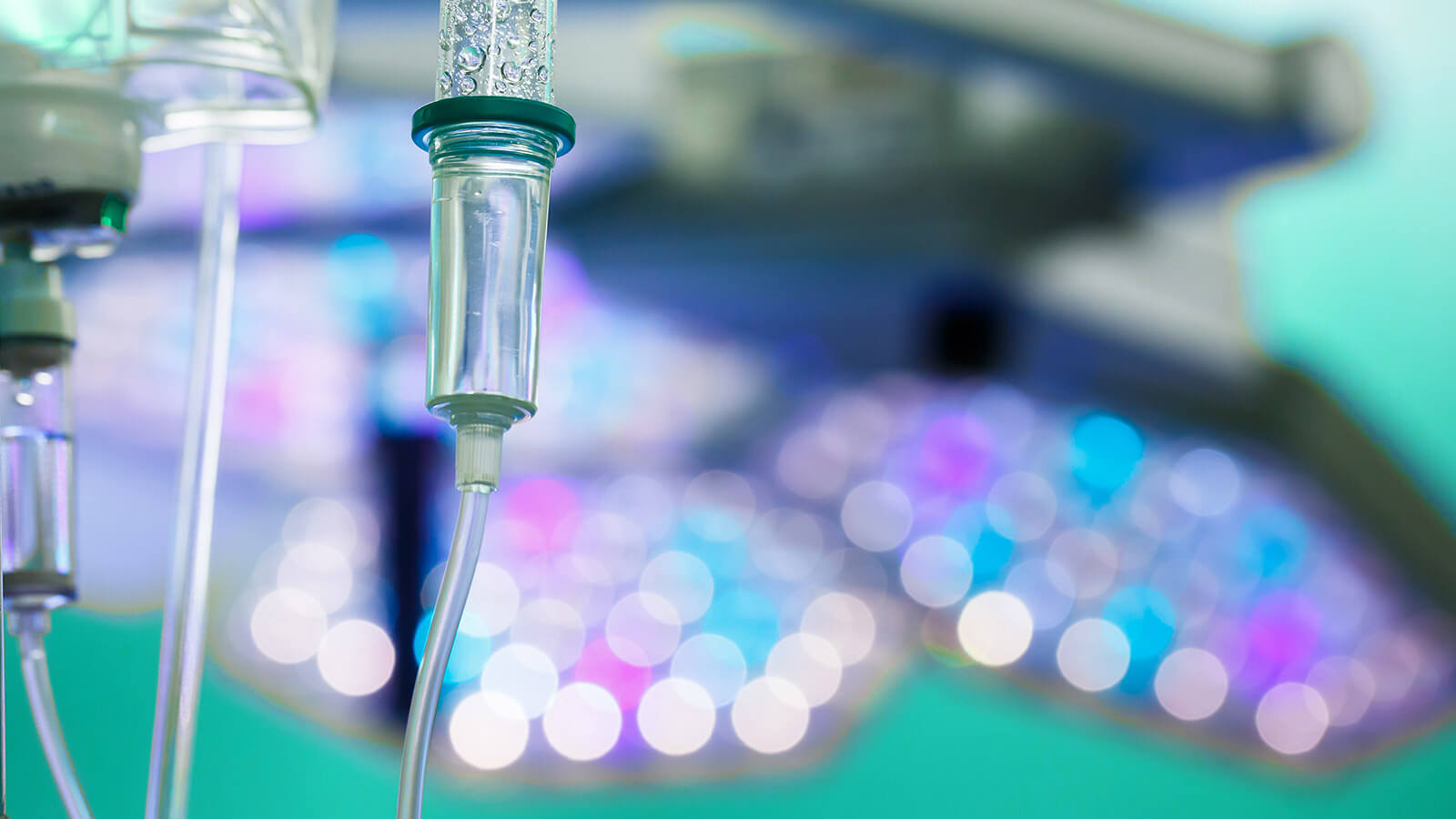
Hyperbaric oxygen in Lyme disease
Hyperbaric oxygen is the therapy that creates one of the most hostile environments for Borrelia survival during therapy, acting synergistically with antibiotics and other integrative therapies used in the treatment of Lyme disease.
Hyperbaric oxygen has a bactericidal and bacteriostatic action, which is mainly manifested against anaerobic and microaerobic microorganisms, such as Borreliosis.
This fact is the first explanation of the significant effects of hyperbaric oxygen in Lyme therapy observed experimentally. However, the bactericidal and bacteriostatic action of hyperbaric therapy targets several mechanisms, such as the production of reactive oxygen species that have a strong antibacterial effect. However, suppose hyperbaric oxygen is administered at low pressures, below 1.5 atmospheres. In that case, it can favor the growth of certain types of bacteria, so under these conditions, it is not indicated in Lyme disease therapy.
Effects of Hyperbaric
Oxygen in Lyme
-
Acts synergistically with antibiotics
depending on their nature. It enhances angiogenesis (the multiplication of blood vessels in the body), favouring the action of antibiotics in tissues and organs that are normally less vascularised.
-
Helps to penetrate the bacterial cell wall
Studies show that antibiotics can be more easily incorporated in the presence of increased oxygen tension, which is greatly increased in hyperbaric therapy.
-
Regulates the effects of host defense mechanisms
In particular, the antimicrobial effects of polymorphonuclear leukocytes, impaired as a result of tissue hypoxia.
-
Improves neuroplasticity
And significantly restores abnormal brain activity corresponding to the pain-inducing areas of fibromyalgia.
-
Protects against autoimmune reaction
Induced by the presence of Borreliosis.

Is there
a bactericidal effect
of Hyperbaric Oxygen?
The Jarisch-Herxheimer reaction seen, in most cases in Lyme disease, about three days after the onset of hyperbaric therapy is the best evidence of this effect. Clinical experience shows that the specific symptoms of this reaction - headaches, myalgia, chills, and low fever - can last from a few days to several weeks with hyperbaric therapy.
Clinical Trials
Clinical trials to date show that hyperbaric oxygen has positive effects in most cases.
In a six-year pilot study at Texas A&M University, 37 of 38 people treated with hyperbaric oxygen showed a significant improvement in symptoms three weeks after the end of treatment. Positive effects of this therapy were recorded in 70% of people even after six years. In another study conducted at the same university, 85% of the 91 patients serologically diagnosed as positive following hyperbaric oxygen administration showed "significant improvement, decrease or elimination of symptoms. All but one patient experienced Herxheimer reactions within five days of starting therapy. Most subjects showed improvement of symptoms after eight months".
In most studies, therapy consisted of one or two sessions of hyperbaric oxygen daily, at a pressure greater than 2.36 atmospheres, for one hour, five days a week, totaling between 30 and 60 sessions.
The therapeutic solutions we provide
Comprise a wide range of conventional, adjuvant and supportive therapies, which integrate medical concepts that have been built on a sturdy scientific basis and on the clinical experience of numerous Lyme disease specialists worldwide.
ImunoMedica patients have access to the latest diagnostic tools, technologies and innovations as well as to the latest and best treatments available, as soon as these are proven to be safe and effective.
How can you become a patient of our clinic?
Throughout the whole process, from your initial contact, through treatment and after you leave our clinic, our patient coordinators will guide you through the steps and support you with all their expertise, attention and kindness.
*
We are here to help you
Our patient coordinator will contact you soon
Phone: +40.771.518.946, e-mail: office@imuno-medica.ro




















